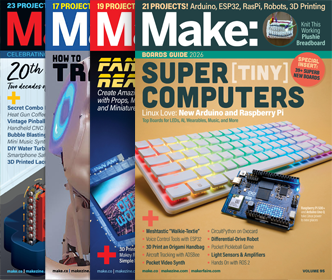Content Category: Physics
<h3><strong>NGSS (Next Generation Science Standards)</strong></h3>
<em><span style="font-weight: 400">The </span><a href="https://www.nextgenscience.org/"><span style="font-weight: 400">Next Generation Science Standards</span></a><span style="font-weight: 400"> (NGSS) are K–12 science content standards.</span></em>
<h3><span style="font-weight: 400">Forces and Interactions</span></h3>
<ul>
<li style="font-weight: 400"><strong>Grades K-2</strong>
<ul>
<li style="font-weight: 400"><span style="font-weight: 400">K-PS2-1. Plan and conduct an investigation to compare the effects of different strengths or different directions of pushes and pulls on the motion of an object.</span></li>
<li style="font-weight: 400"><span style="font-weight: 400">K-PS2-2.Analyze data to determine if a design solution works as intended to change the speed or direction of an object with a push or a pull.</span></li>
</ul>
</li>
<li style="font-weight: 400"><strong>Grades 3-5</strong>
<ul>
<li style="font-weight: 400"><span style="font-weight: 400">3-PS2-1. Plan and conduct an investigation to provide evidence of the effects of balanced and unbalanced forces on the motion of an object.</span></li>
<li style="font-weight: 400"><span style="font-weight: 400">3-PS2-2. Make observations and/or measurements of an object’s motion to provide evidence that a pattern can be used to predict future motion.</span></li>
<li style="font-weight: 400"><span style="font-weight: 400">3-PS2-3. Ask questions to determine cause and effect relationships of electric or magnetic interactions between two objects not in contact with each other.</span></li>
<li style="font-weight: 400"><span style="font-weight: 400">3-PS2-4. Define a simple design problem that can be solved by applying scientific ideas about magnets.</span></li>
</ul>
</li>
<li style="font-weight: 400"><strong>Middle School</strong>
<ul>
<li style="font-weight: 400"><span style="font-weight: 400">MS-PS2-1. Apply Newton’s Third Law to design a solution to a problem involving the motion of two colliding objects.</span></li>
<li style="font-weight: 400"><span style="font-weight: 400">MS-PS2-2. Plan an investigation to provide evidence that the change in an object’s motion depends on the sum of the forces on the object and the mass of the object.</span></li>
<li style="font-weight: 400"><span style="font-weight: 400">MS-PS2-3. Ask questions about data to determine the factors that affect the strength of electric and magnetic forces. </span></li>
<li style="font-weight: 400"><span style="font-weight: 400">MS-PS2-4. Construct and present arguments using evidence to support the claim that gravitational interactions are attractive and depend on the masses of interacting objects.</span></li>
<li style="font-weight: 400"><span style="font-weight: 400">MS-PS2-5. Conduct an investigation and evaluate the experimental design to provide evidence that fields exist between objects exerting forces on each other even though the objects are not in contact. </span></li>
</ul>
</li>
<li style="font-weight: 400"><strong>High School</strong>
<ul>
<li style="font-weight: 400"><span style="font-weight: 400">HS-PS2-1. Analyze data to support the claim that Newton’s second law of motion describes the mathematical relationship among the net force on a macroscopic object, its mass, and its acceleration.</span></li>
<li style="font-weight: 400"><span style="font-weight: 400">HS-PS2-2. Use mathematical representations to support the claim that the total momentum of a system of objects is conserved when there is no net force on the system.</span></li>
<li style="font-weight: 400"><span style="font-weight: 400">HS-PS2-3. Apply science and engineering ideas to design, evaluate, and refine a device that minimizes the force on a macroscopic object during a collision.</span></li>
<li style="font-weight: 400"><span style="font-weight: 400">HS-PS2-4. Use mathematical representations of Newton’s Law of Gravitation and Coulomb’s Law to describe and predict the gravitational and electrostatic forces between objects. </span></li>
<li style="font-weight: 400"><span style="font-weight: 400">HS-PS2-5. Plan and conduct an investigation to provide evidence that an electric current can produce a magnetic field and that a changing magnetic field can produce an electric current.</span></li>
</ul>
</li>
</ul>
Load More



